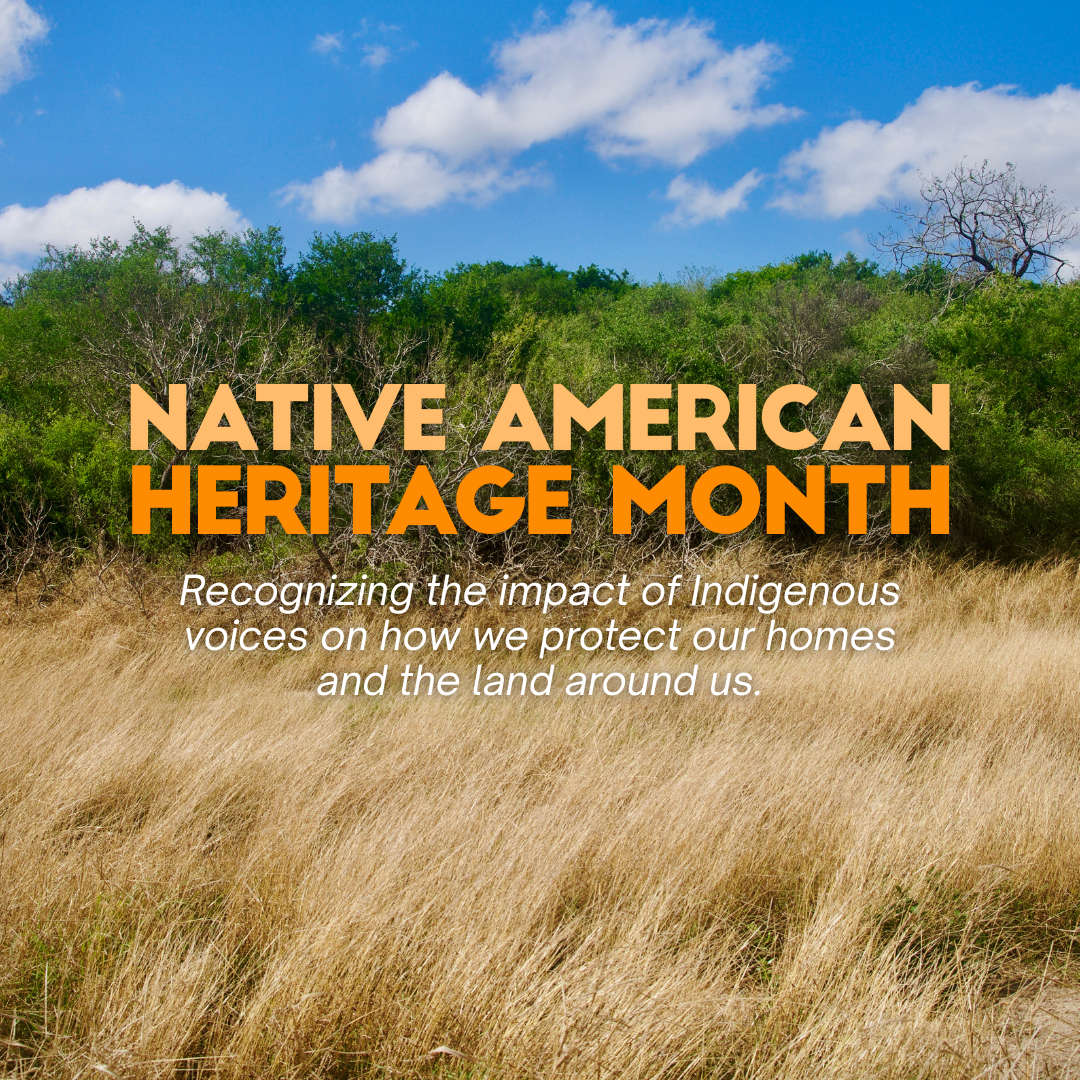Native American Heritage Month: Honoring Indigenous Leadership in Ecology & Insect Science
At Paragon Pest Control, we pay close attention to how our work affects the world around us. This November, we’re recognizing Native American Heritage Month by focusing on Indigenous leaders and programs with a real impact on pest control and how land is cared for. Their example is a reminder that the people who’ve lived here the longest have knowledge and experience we can all learn from.
Week 1: Dr. Cristina Eisenberg
Dr. Cristina Eisenberg is an ecologist with Rarámuri and Western Apache roots. Her work stands out because she brings together traditional knowledge and scientific research in a practical way. She’s dedicated herself to helping tribal communities restore damaged land and find the best ways to care for it. Through her projects, Dr. Eisenberg reminds us there’s more to pest management than quick fixes. She pays attention to the land’s history and the connections between people, wildlife, and the environment.
Week 2: NATIVES Program at Oklahoma State
The NATIVES program at Oklahoma State University gives Native students hands-on training in insect science and pest control.[1] Led by Dr. W. Wyatt Hoback, the program offers real opportunities for young people to study bugs and learn how they affect crops and health in local communities. As more Native students join the field, their perspectives and knowledge keep shaping how pest problems are solved.
Week 3: Indigenous Teachings: Insects in the Big Picture
In many Indigenous communities, insects are seen as a natural part of the environment, not just something to get rid of. At Oklahoma State, Native students took a closer look at how insect-borne diseases were affecting tribal lands.[2] Before making any decisions, they spent time learning about the insects’ role and what was really happening in the local ecosystem. This kind of careful approach leads to smarter pest control, because it’s based on understanding the whole situation before acting.
Week 4: Indigenous Leadership in Invasive Species Management
A recent study by Wehi and colleagues (2023) explores how Indigenous approaches are changing the way invasive species are managed.[3] These methods take into account the connections between people, the land, and the plants or insects involved. Instead of focusing only on removal, Indigenous stewardship looks at the history of each place and aims for decisions that hold up over time.
Why This Hits Home
Learning from Indigenous leaders and programs has changed the way we think about pest control and land stewardship. Their work shows what’s possible when you listen, ask questions, and respect local knowledge.
At Paragon, we’re glad to follow their lead, even in small ways. This month, and every month, we’re committed to respecting the land and the people who’ve cared for it before us.
Sources:
[1] Oklahoma State University NATIVES Program. See: news.okstate.edu/articles/agriculture/2022/native-students-in-entomology.html
[2] Oklahoma State University student research. See: https://www.scientia.global/dr-w-wyatt-hoback-natives-program-trains-native-americans-in-entomology/
[3] Wehi, P. et al. (2023). “Contribution of Indigenous Peoples’ understandings and relational frameworks to invasive alien species management.” People and Nature. Available at: besjournals.onlinelibrary.wiley.com/doi/full/10.1002/pan3.10515

